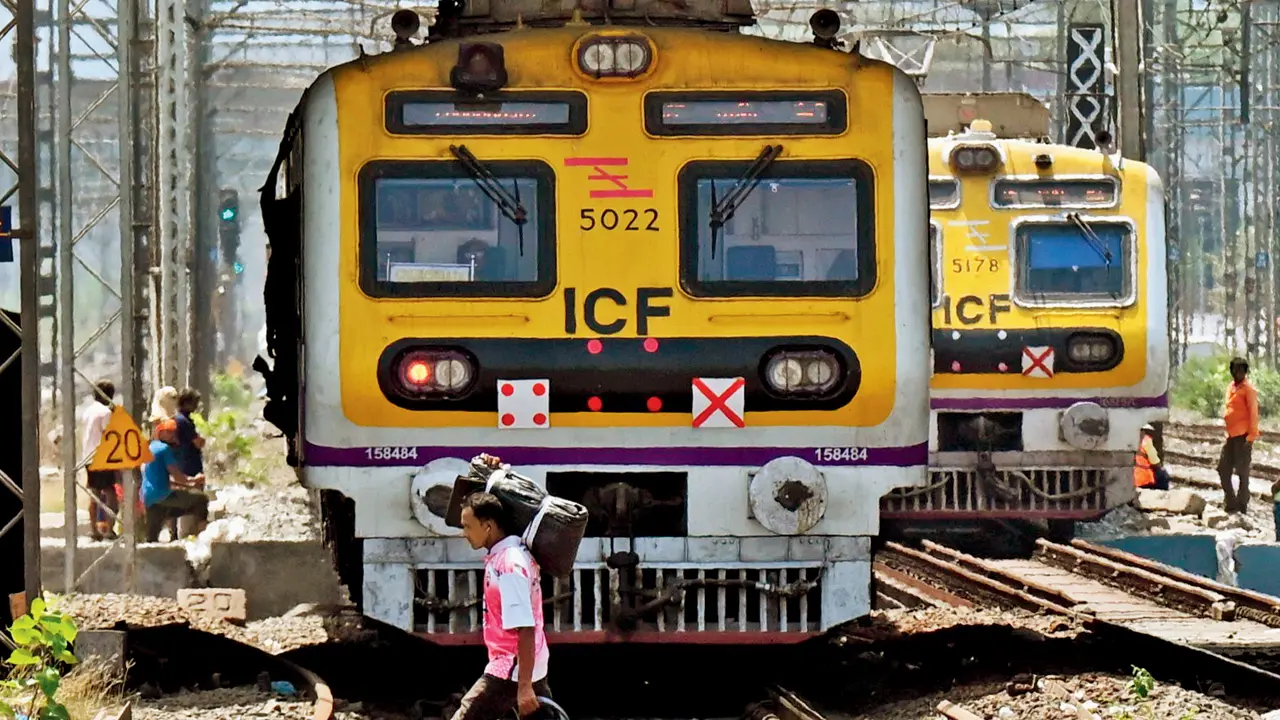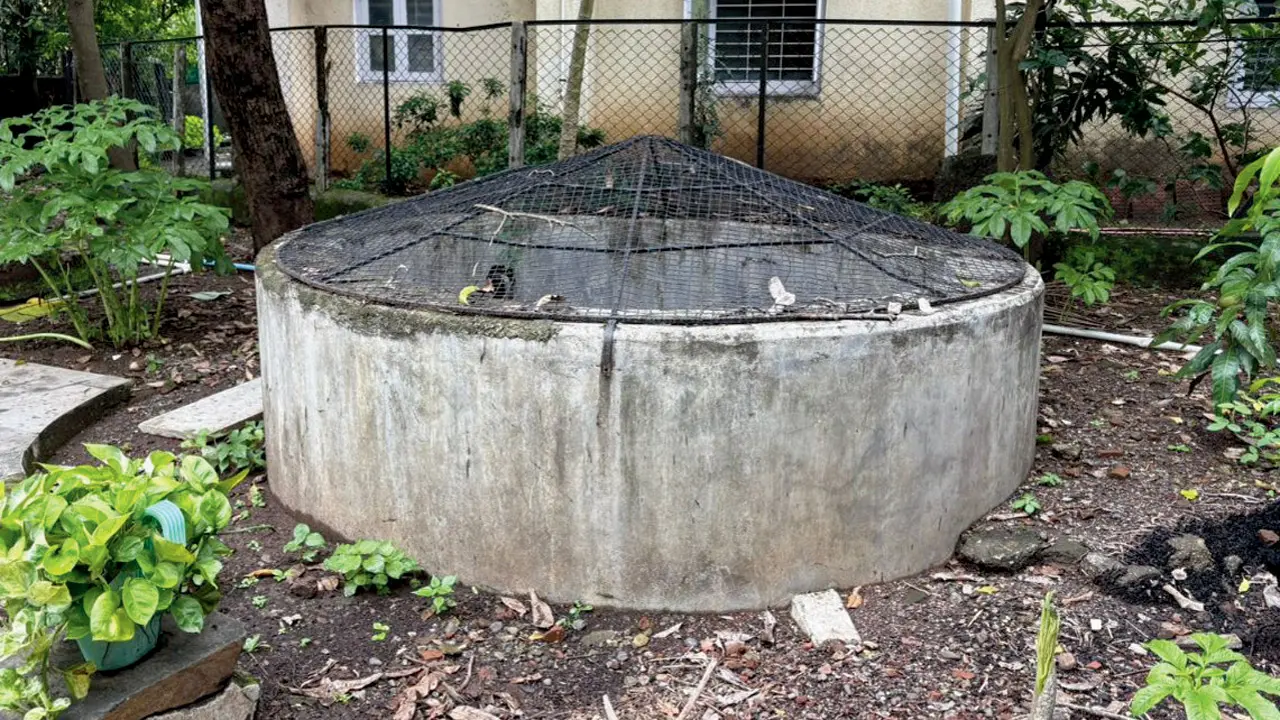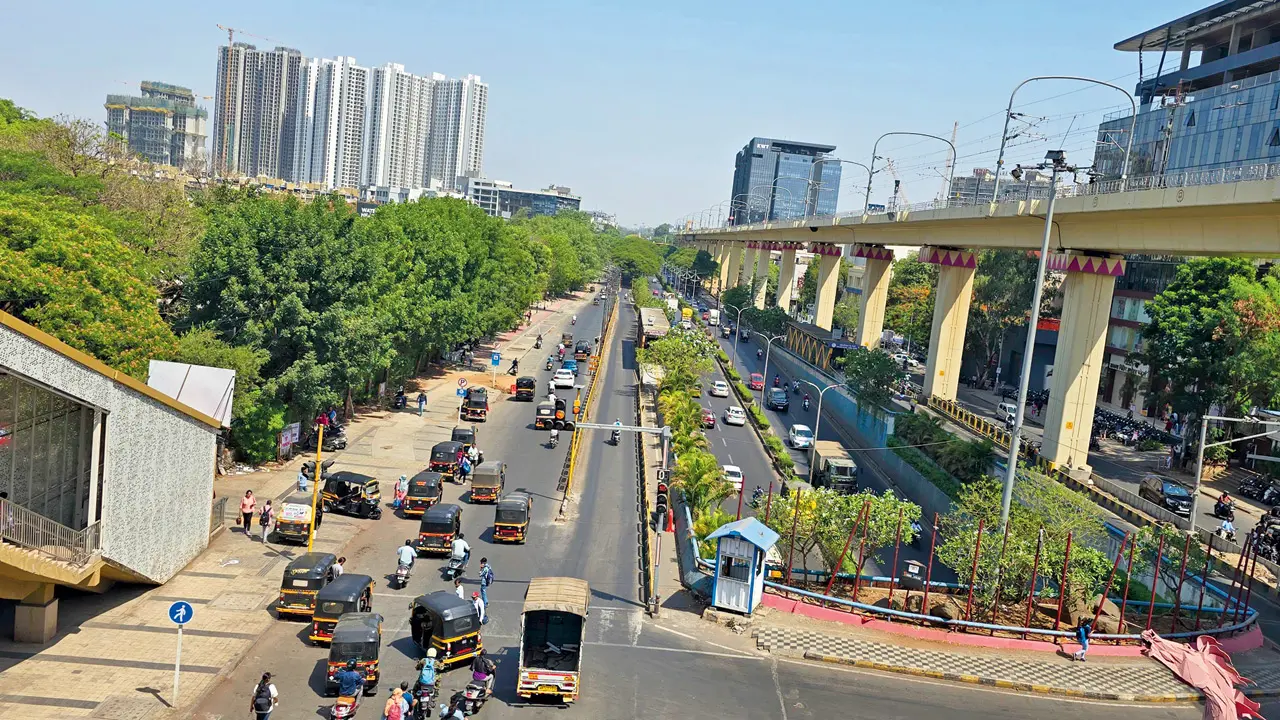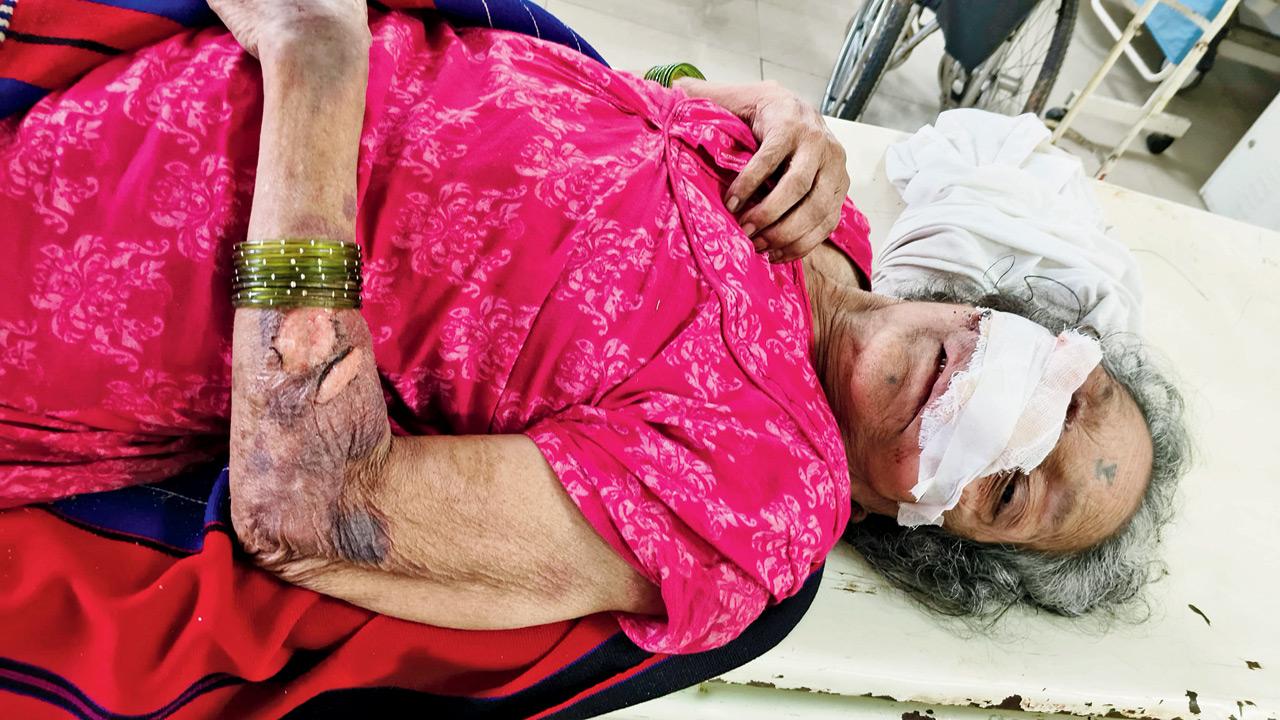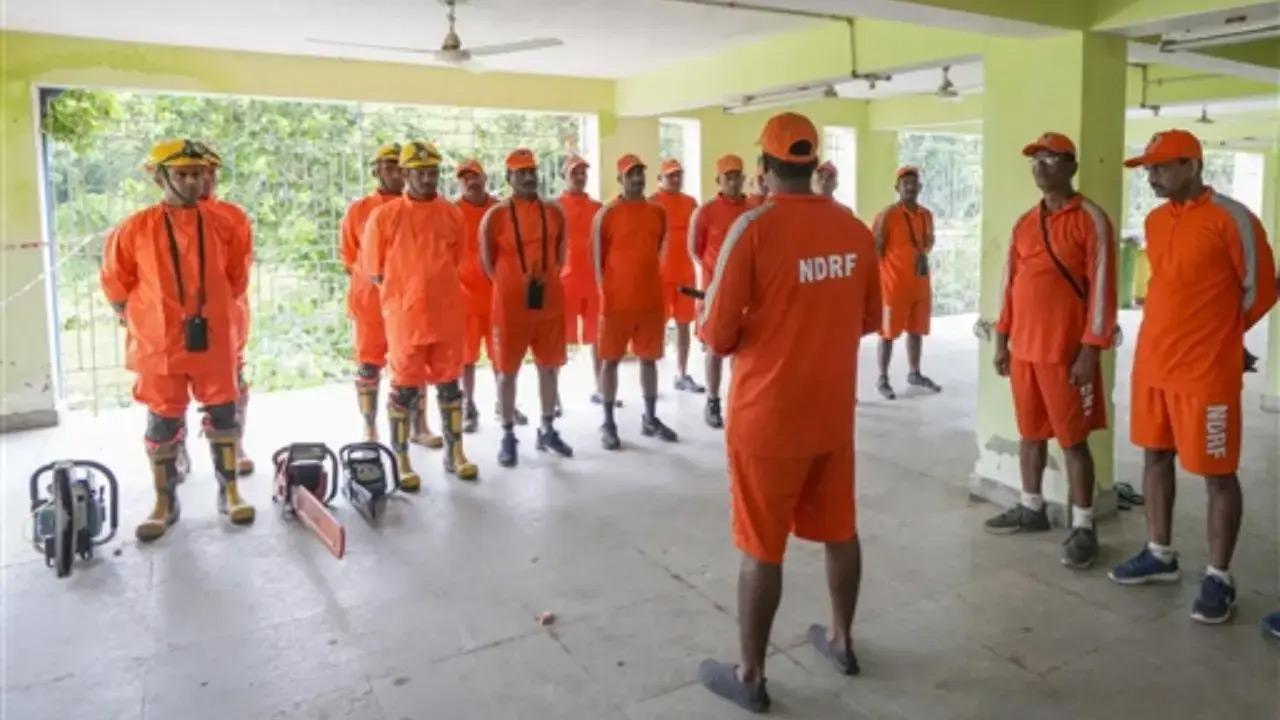
Mumbaikars can now tell the Brihanmumbai Municipal Corporation (BMC) what they think about the new regulations for the development of ‘Iconic Buildings’ such as the Art Deco structures along Marine Drive. Starting Tuesday, citizens have a month to send in suggestions and objections to the civic body, as it is set to incorporate a new policy for the development of Iconic Buildings in the city, which will help enhance Mumbai’s identity as a metropolis with unique architecture.
Once the policy is approved, proposals for the development of Iconic Buildings will be approved by a six-member committee, headed by the municipal commissioner, and inclusive of a renowned personality from the world of global architecture, visual arts and the industry.
At present, Mumbai`s skyline is dominated by a unique mix of buildings of the Victorian Gothic style such as the Chhatrapati Shivaji Maharaj Terminus (CSMT) and the Brihanmumbai Municipal Corporation (BMC) headquarters; streamlined Art Deco designs with rounded corners; and Indo-Saracenic designs such as the Gateway of India; alongside modern and contemporary buildings.
Iconic buildings
In March, Deputy Chief Minister Eknath Shinde announced that a new policy would be introduced in the city to encourage the construction of ‘Iconic Buildings’.
To permit the development of Iconic Buildings in Mumbai, the Development Control and Promotion Regulations (DCPR) 2024 need to be modified. The DCPR is part of the Development Plan (DP) of Mumbai, acting as a blueprint for development in the city, which is formulated by the government once every 20 years. The state government’s department of urban development has proposed adding a new chapter to the DCPR 2034 to facilitate the development of Iconic Buildings. This is what qualifies as a new policy. This decision is a move to help Mumbai develop ‘world-class architecture and enhance its beauty’ by retaining its unique identity that comes from iconic buildings built during the British era. This would require amendments under the Maharashtra Regional Town Planning Act (MRTP).
An Iconic Building has been categorised as “any building or space having a unique or distinctive characteristic, shape, size, aesthetic, look, concept, theme, urban design, architectural design, structural design, etc”.
To develop an iconic building, developers or architects must have experience in developing an area of approximately 1,000,000 square metres, or the size of 140 standard football fields, or a minimum turnover of Rs 5,000 crore per year. An Iconic Building cannot be purely residential in nature, and at least 40 per cent of the building should be utilised for a public amenity where a ticket can be purchased by common people, like a public plaza.
The building should be accessible to the public for watching, viewing, or other tourist attractions.
It needs to have an adjoining road that is 18 metres in width.
The policy
After the announcement was made by the state government in March, a notification was issued by the urban development department the same month.
Subsequently, the BMC received approvals from the improvement committee resolution and the corporation resolution in May, as it is presently under the administrator’s rule due to no elected body at its helm pending elections. It has invited suggestions and objections from Mumbaikars as part of the process to finalise the policy.
Once the policy is finalised, the committee will meet once in four months and will be able to approve only up to five projects a year. These projects will be specially announced by the civic body on January 26 (Republic Day), May 1 (Maharashtra Day) and August 15 (Independence Day).
Only fresh development of redevelopment proposals will qualify for Iconic Buildings, and no existing project can be taken up under this policy.
Expert speak
Bharat Gothoskar, Mumbai heritage chronicler and founder of KHAKI Heritage Foundation, told mid-day.com, “Before independence, Mumbai had a long tradition of taking inspiration from the past to create iconic buildings in South Mumbai. Though initial inspiration was taken from western architectural styles like Classical and Gothic, they later turned their gaze towards Indian architecture to create the Indo-Saracenic Style. You can see a similar attempt in West Asia and China to have modern architecture rooted in local traditions. Hopefully, these ‘iconic’ developers attempt something similar and not create new urban follies.”
Shirish Sukhatme, architect, urban planner and former president of Practising Engineers, Architects and Town Planners Association (PEATA), said, “It is noticed that in comparison to world-class infrastructure, Mumbai’s skyline is very unimpressive. We can take a look at other megacities in the world, such as Dubai, which has the Burj Khalifa, for example. When we host international summits, such as G20, what does Mumbai have to show in terms of contemporary architecture?
So, this is a great idea. Municipal Commissioner Bhushan Gagrani held talks with PEATA in April this year for this issue and explained to concept to all architects, and we welcome it. Without a policy, many builders use such features as part of the sale component, and utilise FDI to that effect. The clause that iconic features can be free of FSI will be beneficial.”
He cautioned, “However, the downside is that care must be taken so that the project does not get stuck in bureaucratic red tape. A special cell can be made for the approval of proposals. The qualifying criteria for architects working on such projects need to be relaxed. Else, questions can be raised about whether this is meant only to fill the coffers of a few beneficiaries.”
Vikas Dilawari, a heritage conservationist, said, “This can be interesting if it is contextual and if we talk of a standalone iconic building in newer areas of the city to showcase contemporary architecture. Having said this, it certainly should not be competing with the iconic heritage landmarks or settings or precincts which we have in Mumbai. These heritage landmarks deserve respect and care, and sensitive development.”
Have suggestions for the BMC’s policy? You can express yourself on this email ID: che.dp@mcgm.gov.in by July 24.


